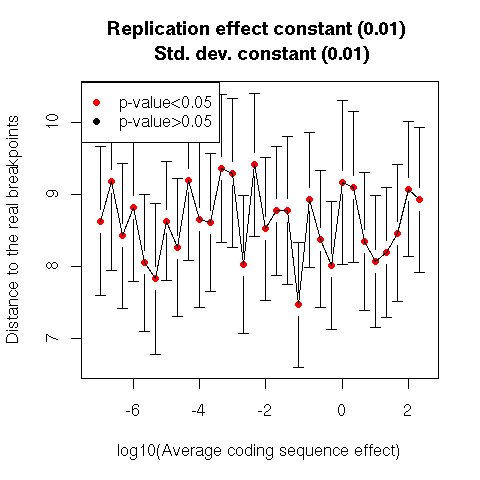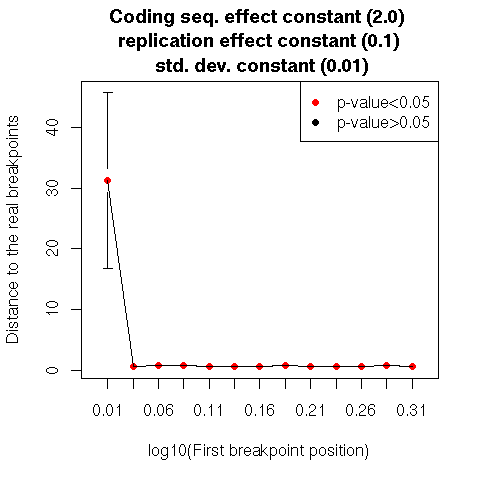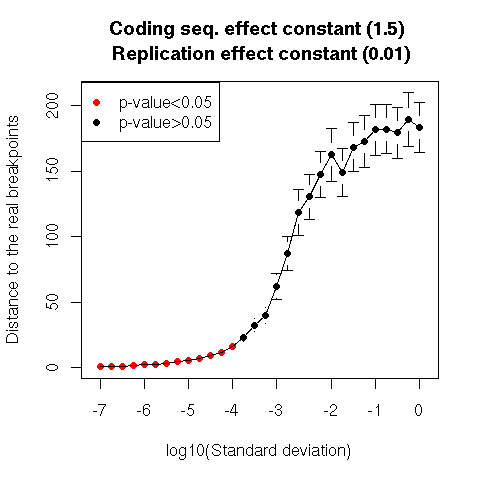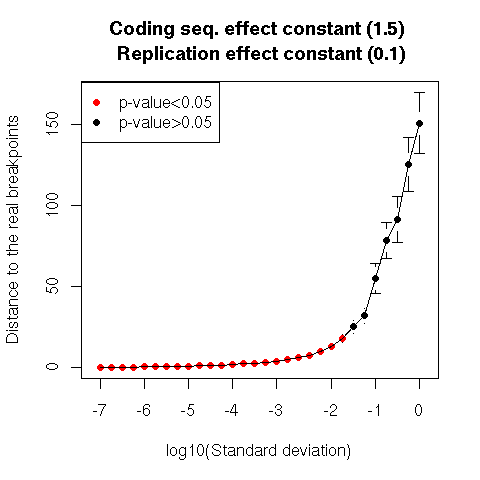| Table 1 |
| | G>C A>T | G>C A=T | G>C A<T | G=C A>T | G=C A=T | G=C A<T | G<C A>T | G<C A=T | G<C A<T |
|
All Bacteria | 33 | 73 | 205 | 1 | 33 | 13 | 1 | 1 | 0 |
| Acidobacteria | 0 | 0 | 0 | 0 | 1 | 0 | 0 | 0 | 0 |
| Actinobacteria | 0 | 2 | 12 | 1 | 2 | 3 | 1 | 1 | 0 |
| Aquificales | 0 | 0 | 0 | 0 | 1 | 0 | 0 | 0 | 0 |
| Bacteroidetes | 0 | 2 | 4 | 0 | 0 | 0 | 0 | 0 | 0 |
| Chlorobi | 0 | 0 | 3 | 0 | 0 | 0 | 0 | 0 | 0 |
| Chlamydiae | 1 | 2 | 8 | 0 | 0 | 0 | 0 | 0 | 0 |
| Chloroflexi | 0 | 0 | 2 | 0 | 0 | 0 | 0 | 0 | 0 |
| Cyanobacteria | 0 | 0 | 9 | 0 | 7 | 1 | 0 | 0 | 0 |
|
Deinococcus Thermus | 0 | 0 | 1 | 0 | 1 | 3 | 0 | 0 | 0 |
|
Firmicutes Bacilli | 27 | 27 | 4 | 0 | 0 | 0 | 0 | 0 | 0 |
|
Firmicutes Clostridia | 3 | 2 | 2 | 0 | 0 | 0 | 0 | 0 | 0 |
|
Firmicutes Mollicutes | 0 | 3 | 1 | 0 | 10 | 2 | 0 | 0 | 0 |
|
Fusobacteria | 1 | 0 | 0 | 0 | 0 | 0 | 0 | 0 | 0 |
|
Nitrospirae | 0 | 0 | 0 | 0 | 0 | 0 | 0 | 0 | 0 |
|
Planctomycetes | 0 | 0 | 1 | 0 | 0 | 0 | 0 | 0 | 0 |
|
α Proteobacteria | 0 | 6 | 42 | 0 | 5 | 2 | 0 | 0 | 0 |
|
β Proteobacteria | 0 | 1 | 36 | 0 | 0 | 0 | 0 | 0 | 0 |
|
δ Proteobacteria | 0 | 1 | 10 | 0 | 0 | 0 | 0 | 0 | 0 |
є Proteobacteria | 0 | 3 | 6 | 0 | 0 | 0 | 0 | 0 | 0 |
|
γ Proteobacteria | 1 | 22 | 57 | 0 | 6 | 2 | 0 | 0 | 0 |
|
Spirochaetes | 0 | 1 | 7 | 0 | 0 | 0 | 0 | 0 | 0 |
| Thermotogae | 0 | 1 | 0 | 0 | 0 | 0 | 0 | 0 | 0 |
All Archaea | 0 | 4 | 6 | 0 | 11 | 6 | 0 | 1 | 1 |
| Crenarchaeota Thermoprotei | 0 | 0 | 0 | 0 | 5 | 0 | 0 | 0 | 0 |
| Euryarchaeota Archaeoglobi | 0 | 0 | 0 | 0 | 1 | 0 | 0 | 0 | 0 |
| Euryarchaeota Halobacteria | 0 | 0 | 0 | 0 | 2 | 1 | 0 | 1 | 1 |
| Euryarchaeota Methanobacteria | 0 | 1 | 0 | 0 | 1 | 0 | 0 | 0 | 0 |
| Euryarchaeota Methanomicrobia | 0 | 0 | 3 | 0 | 0 | 2 | 0 | 0 | 0 |
| Euryarchaeota Methanococci | 0 | 1 | 1 | 0 | 0 | 0 | 0 | 0 | 0 |
| Euryarchaeota Methanopyri | 0 | 0 | 0 | 0 | 0 | 1 | 0 | 0 | 0 |
| Euryarchaeota Thermoplasmata | 0 | 1 | 1 | 0 | 1 | 0 | 0 | 0 | 0 |
| Euryarchaeota Thermococci | 0 | 1 | 1 | 0 | 0 | 2 | 0 | 0 | 0 |
| Nanoarchaeota Nanoarchaeum | 0 | 0 | 0 | 0 | 1 | 0 | 0 | 0 | 0 |
|
|




